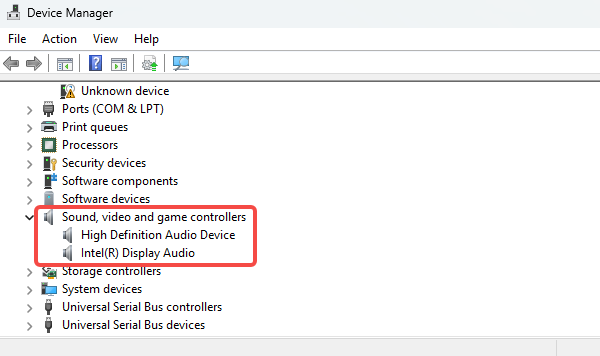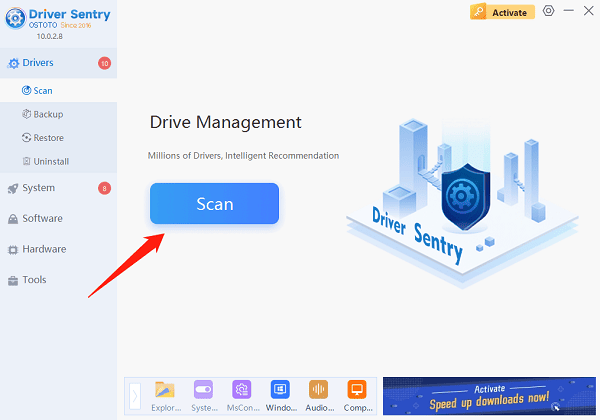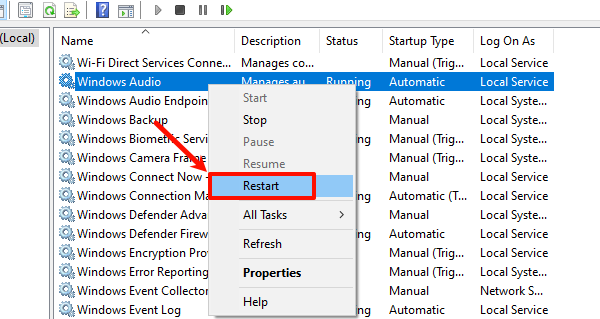When the computer has upgraded the sound card driver suddenly found that the computer has no sound. In the face of such a problem, there is no need to worry, this article will introduce some solutions to the computer splash screen problem.

First of all, we need to confirm whether the problem is really caused by the driver update. Check to see if all audio output devices are having problems, including headphones, speakers and so on. If it is just one device that is not producing sound, then there may be a problem with the device itself or its connection. Make sure that the audio cable has been properly and correctly plugged into the appropriate port on your computer and that the device itself is not faulty. If you confirm that the problem occurs after the driver update, then you can try the following methods to solve it:
1. Reboot Your Computer
Sometimes a simple reboot can solve a lot of seemingly complex problems. This is because a reboot can help the system reload all the drivers and services, which may restore normal audio functionality.
2. Rollback Drivers
If you have recently updated your drivers and are sure that this is the source of the problem, then you can try rolling back to the previous version. Find "Sound, Video, and Game Controllers" in Device Manager, right-click on your sound card device, select the "Drivers" tab in "Properties", and then click on "Rollback Drivers". If this option is grayed out, it means that there is no old version of the driver available for rolling back.

3. Update Drivers
Drivers are crucial for hardware functionality. Outdated or corrupt audio drivers can cause sound issues. It's recommended to use Driver Sentry to automatically detect and update drivers, saving time and reducing the risk of installing incorrect drivers.
Download the latest version of Driver Sentry and install it. After installation, open the software and click "Scan".

Once the scan is complete, it will show which drivers are missing or need updating. Find the audio driver in the list and click the "Update" button.
After updating, restart your computer to ensure the changes take effect.
4. Check the Volume Settings
Make sure the system volume is not muted or the volume bar is pulled to the lowest. At the same time, you should also check whether the volume setting in the audio playback software (such as media player) is normal.
5. Check Windows Audio Service
Press "Win + R", type "services.msc", and press "Enter".
In the list of services, find "Windows Audio".

Right-click "Windows Audio" and select "Restart". Ensure the service's startup type is set to "Automatic".
6. Run the Troubleshooter
Windows includes a built-in troubleshooter that can help you automatically detect and resolve audio issues. For example, in Windows 11:
Open the "Settings" app, select "System", and find "Troubleshoot".
Click on "Other Troubleshooters", locate "Audio", and click "Run".
Follow the prompts to complete the troubleshooting process, as the system will automatically try to fix the issue.

The above is the solution for no sound after upgrading the sound card driver on your computer, hope it will help you.
See also:
How to Fix Black Screen with Cursor Issue in Windows 11
How to Fix Scanner Not Working Issues